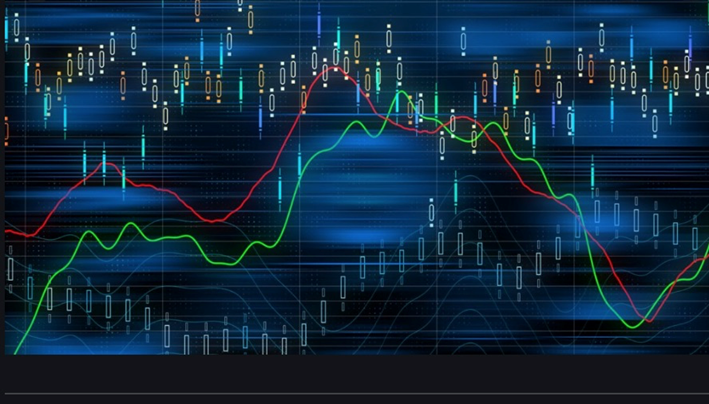A closer look at a couple of price action patterns in trading

There are plenty of Price Action graphic analysis patterns, and not many traders know all of them. In this sense, they are just like Chinese characters. The indicators-less trading strategy we are about to discuss includes three of the most popular patterns.
These patterns form rather frequently: for example, in Forex, the Engulfing pattern appears on M5 several times a day; however, what is worth attention are the patterns on longer timeframes, starting from H4 and up to the monthly one. You may trade them on any financial asset.
More precise filtering requires, apart from forming on a longer timeframe, that the pattern should appear near an important support or resistance level or a Fibonacci level.
On the one hand, it may seem that such signals appear rather rarely; on the other hand, if you analyze several financial instruments, they will be enough.
Pattern 1: Inside Bar
This pattern emerges quite frequently intraday. It may either form at the top or bottom of the movement. This pattern predicts a reversal of the main movement; however, on smaller timeframes, it may give false signals, hence, use additional means of analysis. This signal may be confirmed by a bounce off the support or resistance level, a confirmed reversal pattern, or a bounce off a Fibo level. On longer timeframes, this pattern may be taken as an independent signal, requiring no additional analysis.
Examples in the picture:

In the picture above, I have demonstrated an example of a bullish Inside Bar. Its characteristics are:
- The pattern consists of 2 candlesticks;
- The first bar is bearish;
- The second bar is bullish; it does not violate the borders of the first one.
If such a pattern forms, buy the instrument after the bullish candlestick closes. Place a Stop Loss 10 points below the low of the bearish bar. On the chart, it looks as follows:

Also, check for additional confirmation. In my example, the pattern appeared on D1, in which case you may trade it without other confirmations; however, there is an additional factor in the example, let us have a look at it:

In the picture above we may see that the pattern has formed on the support level; thus, the level confirms the pattern, and the pattern confirms a bounce off the level.
Pattern 2: Engulfing
This pattern is also rather frequent. On smaller timeframes, take care with it and always look for confirmation, as with Pattern 1. The Engulfing pattern may be either bullish or bearish; note it when it forms at the peak or bottom of the movement.
An example on the chart:

In the picture above, the pattern is bearish. Its main characteristics are:
- It consists of two bars at the top of the movement;
- The first candlestick is bullish;
- The second bar is bearish; its body completely engulfs the body and the shadows (the high and low) of the first candlestick.
The work with this pattern is the same as with Pattern 1. Open a selling order after the bearish bar closes. Place a Stop Loss 10 points above the high of the second bar. Here is a graphic example:

Also, check for additional confirmation, especially in our example on H4. There is a factor as well that points at a possible decline, which is the resistance level. The pattern has formed on it, so they confirm each other, as in the first example:

Pattern 3: Pin Bar
The third pattern of the strategy is less frequent. It is also recommended for longer timeframes and, like the two other patterns, precedes a reversal of the movement. Pin Bar needs confirmation as well, such as horizontal support and resistance levels or a bounce off the trendline. trading counter the trend is not recommended.
An example on the chart:

In the picture, the pattern is bearish. It consists of three bars (I have circled them in the picture):
- Bar 1 is the left eye;
- Bar 2 in the nose;
- Bar 3 is the right eye.
The "eye" bars may be of different sizes, as in the example (I have chosen such a pattern on purpose). The "nose" bar must have several characteristics:
It must have a long shadow and a small body and close without crossing the borders of the left eye. I.e., in our case, the left eye is a bullish bar, hence, the nose must close as a bearish bar, and its close level must be lower than that of the left eye.
The rules of work
The work with Pin Bar starts after the "nose" candlestick closes. You may enter right at the closing. Place an SL 10 points above the nose in the case of selling and 10 points below it - in the case of buying. After the right eye closes, transfer the position to the breakeven.
A graphic example:

This article was submitted by Dmitriy Gurkovskiy, Financial Expert and Author at RoboForex Blog




